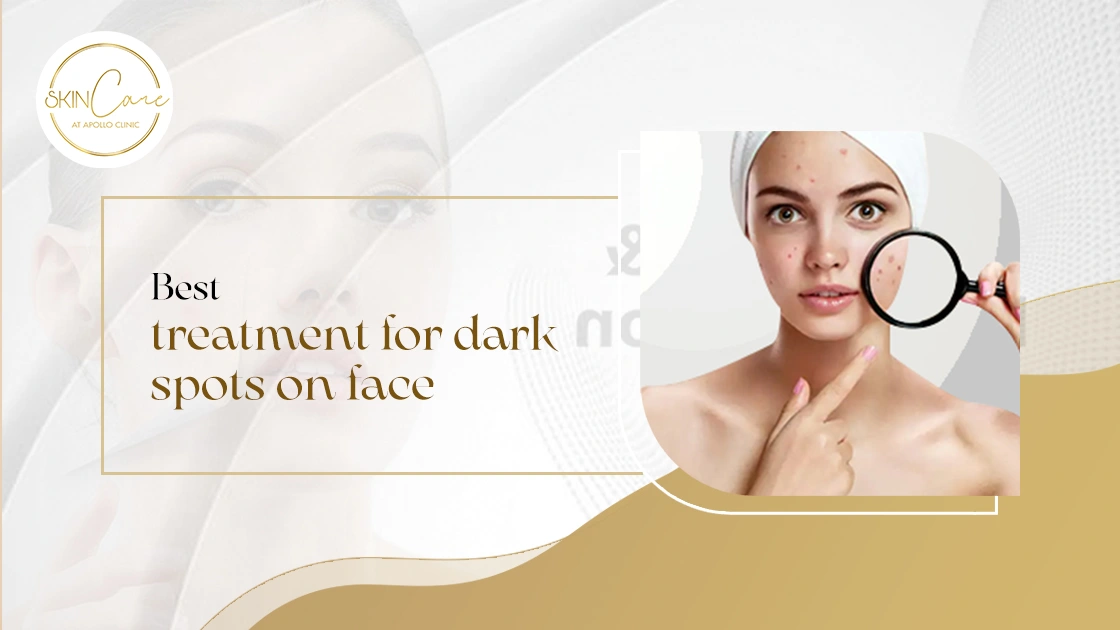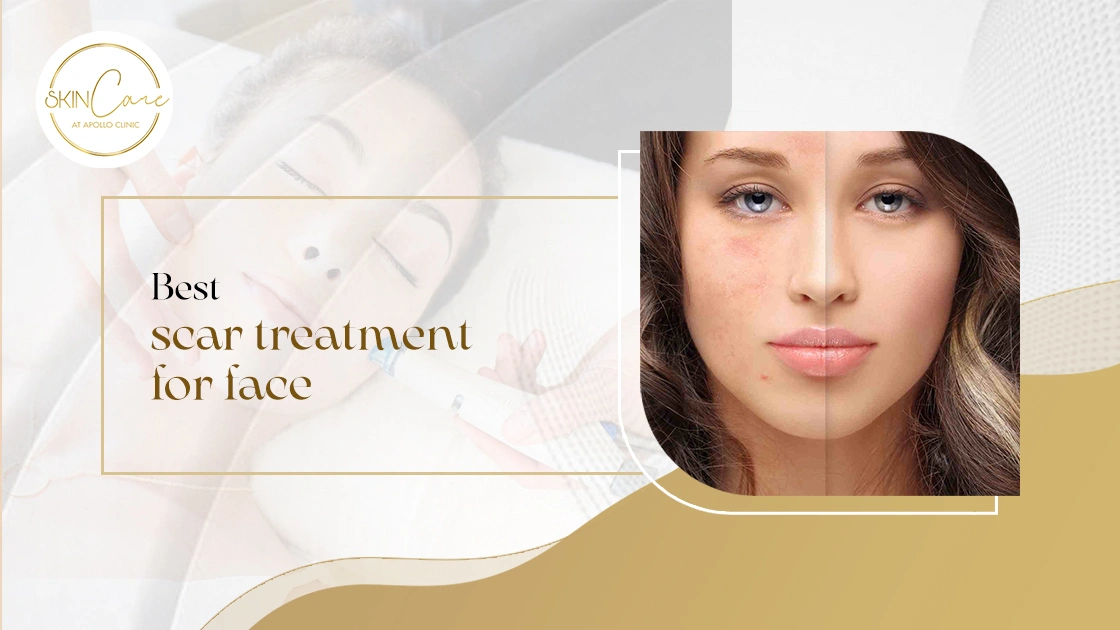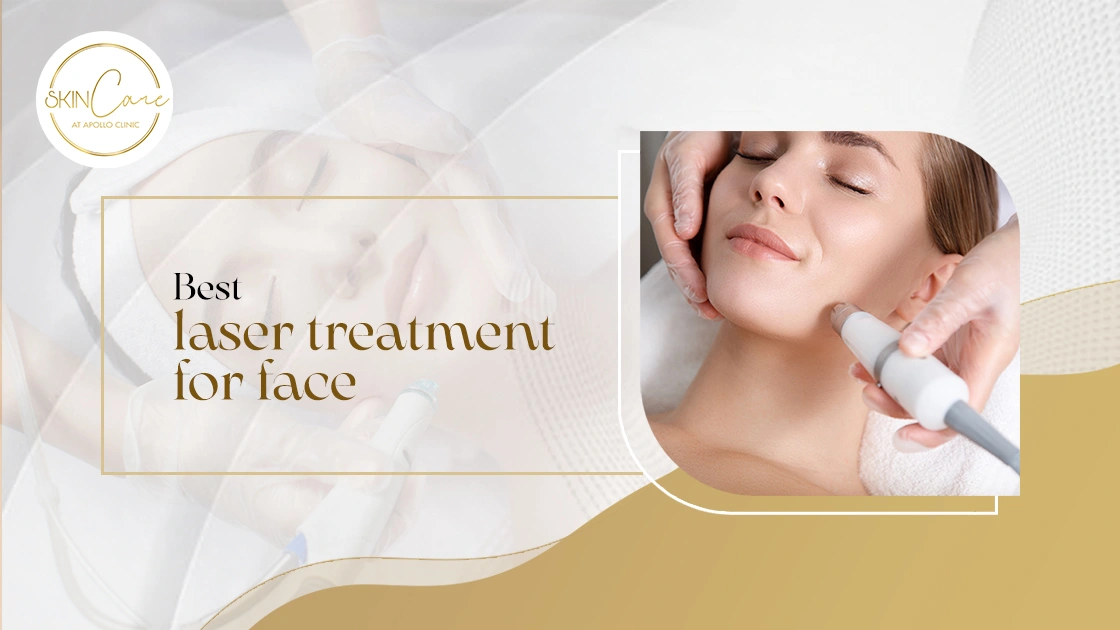Medical options are being offered, including surgical and non-surgical procedures for the age-old quest of attaining youthful and firm skin. They all seem to work to counteract the effects of the natural ageing process by giving the skin some much-needed tightness, firmness, and youthful glow. Of the many natural treatments available, I think these two are the most trendy and practised ones: high-intensity focused ultrasound or HIFU and a facelift.
If you are thinking about facial rejuvenation, it is important first to understand the differences between these techniques and their respective benefits and effectiveness. This is because HIFU has a non-surgical fair and time-consuming improvement while traditional facelift surgery involves an immediate and prolonged change. Understanding the benefits of each will help you know which is better for your aesthetics.
This guide discusses the detailed comparison between HIFU and a traditional facelift. In the end, it will help you decide which procedure is best for your skin type, lifestyle, and expectations. From completely non-surgical minute-long lifts to thoroughly dramatic transformations, this comparison will give you everything you need to know to make your dream youthful appearance a reality.
Understanding HIFU and Traditional Facelift
What is HIFU?
High-Intensity Focused Ultrasound (HIFU) is an effective non-invasive method without much approach for skin tightening and lifting like that of surgery. It uses ultrasound energy to penetrate within the dermis to reach perfection as what is contained in the Superficial Muscular Aponeurotic System (SMAS) same layer left addressed by traditional surgery facelift.
The ultrasound energy creates heat within the set depth and stimulates an increase of collagen, the protein that keeps skin taut and elastic. Gradually, new collagen would replace the old in the dermis, and the skin would become tighter, firmer, and more youthful over time. Hence, HIFU is a good choice for achieving a subtle, natural-looking enhancement instead of going through an invasive procedure.
Merits of HIFU
- Non-surgical and minimally invasive – Unlike the traditional facelift, there are no cuts stitches or anesthesia required with HIFU. This technique is performed with an ultrasound device that directs energy into the skin, presenting no complication or problem.
- Stimulates Natural Collagen Production– Aside from tightening and lifting the skin well, the stimulus for collagen production in HIFU means that anything that happens is not instantaneous; on the contrary, it takes time before the skin looks really good.
- Gradual and Natural-Looking Results– One of the main advantages of HIFU is that it steers clear of the overly tight or “pulled” look sometimes associated with surgical facelifts. Instead, the enhancements unfold gradually over weeks and months, making for a very subtle and freshly rejuvenated appearance.
- Little Downtime and Following this procedure– patients can immediately get back to their normal activities. Since there are no procedures that are invasively performed, there is little accompanying downtime. There may be some redness or swelling, but this typically subsides within hours.
- Applicable to Mild to Moderate Skin Laxity– HIFU is also best for people who notice skin sagging only at an early stage. Mild to moderate skin laxity is suitable; it enhances skin tightening of the face, neck, and decolletage without the need for surgery.
What is a Traditional Facelift?
In a rhytidectomy, the traditional facelift procedure is a more invasive surgical option that counteracts the prominent signs of ageing by removing excess skin, tightening the muscles of the face, and repositioning the tissue. Thus, this treatment rejuvenates a person’s appearance and gives comfort to individuals suffering from moderate to severe skin sagging.
Incisions are made around the hairline, along the ears, and sometimes inside the chin to a minimum of scarring. Tightening of the muscles is performed underneath the skin, after which excess skin is excised or manipulated. The facelift stands to be extremely beneficial compared to the mildly progressive results of the non-surgical alternatives such as HIFU radiance.
Their results are dramatic and immediate-according to general practice facelifts can also be individualized, whereby surgeons are quite free to decide for themselves which area of the face requires rejuvenation of the jawline, cheeks, and neck for maximum effect instead of a younger appearance. General anaesthesia is applied during this invasive procedure, and in all likelihood, a longer recovery period will be expected together with postoperative care.
What Are the Benefits of a Traditional Facelift?
- Dramatic and Long-Lasting Results– Facelifts offer shocking visible changes in the appearance of the face. Compared to non-surgical options, results are more dramatic and expected to last anywhere from 10 to 15 years depending upon individual skin care and lifestyle choices.
- Tightens Sagging Skin and Muscles– The tightening of muscles beneath the facial skin is assisted by the removal of excess skin key advantage of facelifts. This dual action guarantees a firm and lifted look for the foreseeable future.
- Reduces Deep Wrinkles and Folds– Unlike any non-surgical procedures, a facelift does the correction of deep wrinkles, creases, and folds. Examples of such corrections include nasolabial folds (smile lines), jowls, and neck areas.
- Customizable to Different Levels of Aging-A facelift is not an all-in-one treatment; surgeons modify their techniques and approaches on the basis of the characteristics of the patient factors such as age, skin condition, and even cosmetic aims. Some may desire a full facelift, while others may want a mini facelift for more subtle change.
- Comprehensive Facial Rejuvenation – facelift works systematically to re-sculpt areas of loose skin, muscle, and fat on the face and neck for more youthful contouring and harmony. It is commonly done in conjunction with eyelid surgery (blepharoplasty) or fat grafting for greater enhancement.
HIFU vs. Traditional Facelift: A Detailed Comparison
When deciding between HIFU (High-Intensity Focused Ultrasound) and a traditional facelift, understanding how each procedure differs in effectiveness, recovery, pain level, longevity, and cost is essential. Below is a detailed comparison of both treatments to help you make the right choice.
1. Effectiveness and Results
HIFU:
- The results of HIFU develop gradually over 2-3 months as the ultrasound energy stimulates collagen production deep within the skin.
- The outcome is subtle and natural-looking, providing a gentle lifting and tightening effect rather than a drastic transformation.
- HIFU is ideal for individuals in their 30s to 50s who are experiencing mild to moderate skin laxity but are not yet ready for surgical intervention.
Traditional Facelift:
- A facelift delivers immediate results as it physically removes excess skin, tightens muscles, and repositions facial tissues to restore a youthful appearance.
- The results are dramatic and long-lasting, making this the preferred option for those experiencing advanced signs of ageing, such as deep wrinkles, jowls, and significant skin sagging.
- With proper care, facelift results can last 10-15 years, making it a long-term solution compared to HIFU.
2. Procedure and Recovery Time
HIFU:
- The HIFU procedure is quick, typically taking 30-90 minutes, depending on the area being treated.
- Since no incisions or anaesthesia are required, there is no downtime, and patients can return to daily activities immediately.
- Minor redness or swelling may occur but typically resolves within a few hours.
Traditional Facelift:
- A facelift is a surgical procedure that takes approximately 2-4 hours in an operating room.
- Recovery is significantly longer, with patients experiencing swelling, bruising, and discomfort for the first 2-4 weeks.
- Most individuals need at least two weeks off work and should avoid strenuous activities for about a month.
- Final results become visible after a few months as residual swelling subsides.
3. Pain and Discomfort
HIFU:
- Patients may experience a mild tingling, warmth, or slight discomfort during the procedure as ultrasound waves penetrate the skin.
- The pain is generally manageable without anaesthesia, but topical numbing creams can be used for added comfort.
Traditional Facelift:
- Since it is a surgical procedure, a facelift requires anaesthesia to ensure a pain-free experience during surgery.
- Post-surgery, patients typically experience swelling, bruising, tightness, and moderate pain, which is managed with prescribed painkillers and proper aftercare.
4. Longevity of Results
HIFU:
- The results of HIFU last between 6 months to 2 years, depending on individual collagen production, skin condition, and lifestyle factors.
- Maintenance treatments once a year may be necessary to sustain the lifting effects.
Traditional Facelift:
- A facelift provides long-lasting results, typically 10 years or more before natural ageing continues.
- While the skin will still age naturally, a facelift significantly delays the visible effects of ageing compared to non-surgical treatments.
5. Cost Considerations
HIFU:
- HIFU is more affordable than a facelift, with costs varying depending on the clinic, treatment area, and provider’s expertise.
- While multiple sessions may be required over time, it remains a budget-friendly option compared to surgery.
Traditional Facelift:
- A facelift is significantly more expensive due to factors such as surgical fees, anaesthesia, hospital costs, and post-operative care.
- However, the long-term benefits of a facelift may justify the higher upfront cost for individuals seeking a permanent solution to facial ageing.
Who Should Choose HIFU?
HIFU (High-Intensity Focused Ultrasound) is best suited for individuals looking for a non-invasive, gradual approach to skin tightening and rejuvenation. This treatment is ideal for those who:
- Are in their 30s to 50s with mild to moderate skin laxity – HIFU works best for early signs of ageing, such as mild skin sagging, fine lines, and loss of firmness, but it is not as effective for severe wrinkles or deep folds.
- Prefer a non-invasive approach with minimal downtime – Since HIFU does not involve surgery, there are no incisions, stitches, or anaesthesia required. The procedure is quick, and patients can resume their daily activities immediately.
- Want to gradually improve skin firmness – Unlike a facelift, where results are immediate, HIFU stimulates collagen production over time, with full effects visible after 2-3 months. This provides a subtle, natural-looking improvement rather than a dramatic transformation.
- Are not ready for surgical procedures – If you want to delay the need for surgery or are hesitant about the risks and recovery of a facelift, HIFU offers a gentle alternative that can still help tighten and lift the skin.
Who Should Choose a Traditional Facelift?
Facelifts are good for patients seeking a drastic change in their appearance with long-lasting results for more serious signs of aging. The procedure is recommended for persons who:
- Have advanced signs of ageing (deep wrinkles, severe skin folding, and loss of facial volume) with skin laxity that cannot be fully improved with non-invasive treatments. The best choice for older patients is likely a facelift, which offers superior results in coping with these issues.
- Wish for dramatic and long-lasting results – Facelifts last longer than their non-invasive counterparts, removing excess skin, tightening muscles, and repositioning facial tissues into youthful positions for an extended 10 to 15 years without the need for repair.
- Will undergo surgery and recovery – A facelift requires anaesthesia and recovery is about 2-4 weeks. But compared to non-surgical options, the results are far more dramatic and permanent.
- Target deep wrinkles and jowls – If your laugh lines are deep and jowls are sagging, or there are signs of excess skin on the neck, the facelift is the only truly effective method for smoothing and tightening skin in a manner that mere non-surgical treatments cannot deliver.
Final Verdict: Which Option is Best for You?
Facelifting and HIFU have their highs and lows. The better option is entirely up to your requirements, including how your skin feels, your budget, and your preference for undergoing surgical procedures.
- Fast-acting and quite non-invasive-a valid choice with no downtime-HIFU.
- However, For durable and dramatic results, a facelift would be the preferred alternative.
Key Takeaways
- HIFU vs. Traditional Facelift: It’s a non-invasive procedure with very little downtime for HIFU, while a facelift offers impressive, long-lasting results.
- Suitability: HIFU is best chosen for mild skin laxity, whereas a facelift is best considered for advanced signs of ageing.
- Cost and Downtime: HIFU is an inexpensive and convenient option, while facelift surgery itself includes lots of recovery time.
- Always consult: Always seek professional advice before settling for either option.
Conclusion
Your age, skin laxity, and future expectations dictate the decision to go for HIFU or facelift surgery. HIFU is a non-invasive treatment procedure that works on the gradual tightening of the skin. This would be ideal for someone with mild to moderate ageing issues. On the other hand, a traditional facelift gives very impressive and long-lasting results for extremely sagged and wrinkled skin, but it is surgically invasive and requires a much longer recovery time.
Consult a cosmetic or plastic professional like Dr Snehi K Sharma to help weigh the options at hand. The end goal would entail either gentle lifting or a complete transformation to restore a natural and youthful appeal.
📞 To book an appointment today, Call +91 9085645000






